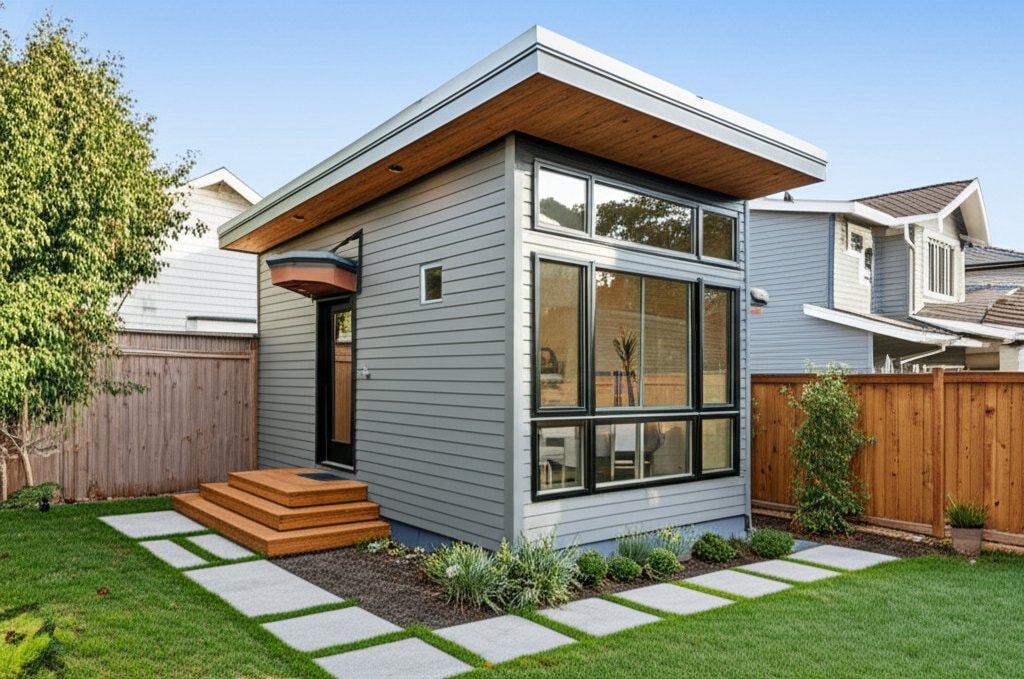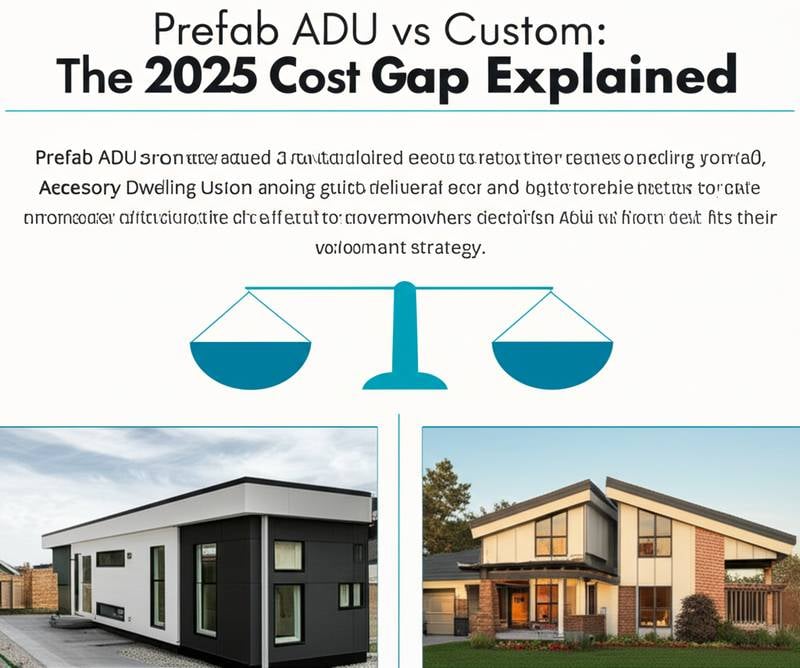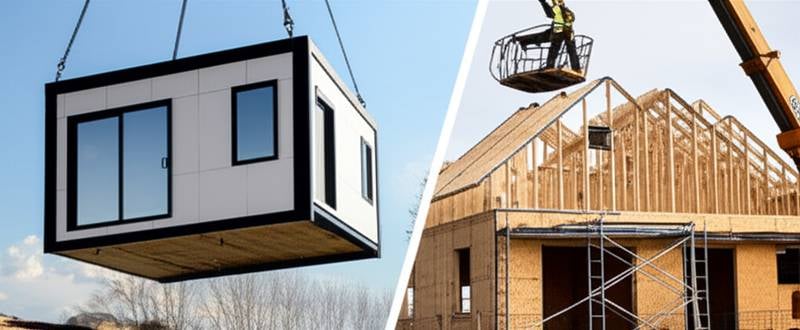Introduction to ADU Construction in 2025
Accessory Dwelling Units (ADUs) offer homeowners a versatile solution for expanding living space, generating rental income, or accommodating family members. In 2025, the costs associated with building an ADU typically range from $180,000 to $350,000, depending on location, design, and construction type. This guide breaks down the pricing landscape, explores key influences on expenses, and provides practical strategies to manage your budget effectively.
Homeowners increasingly turn to ADUs amid rising housing demands and zoning flexibility in many areas. Understanding these costs helps in making informed decisions that align with financial goals. With careful planning, an ADU investment can yield significant long-term benefits.
Types of ADUs and Their Associated Costs
ADUs come in various forms, each with distinct cost profiles based on complexity and integration with existing property. Garage conversions represent one of the more affordable options, often ranging from $180,000 to $250,000. These projects repurpose existing structures, minimizing new foundation work and site preparation.
Detached cottages or backyard units, on the other hand, command higher prices, typically between $250,000 and $350,000. Such builds require full site development, including utilities extension and landscaping adjustments. Interior additions, like converting a basement or attic, fall in the middle, averaging $200,000 to $280,000, as they leverage the home's infrastructure.
Selecting the right type depends on available space and intended use. Each option balances initial outlay with potential functionality and aesthetic appeal.
Detailed Cost Breakdown
Construction expenses form the bulk of ADU budgets, often accounting for 60 to 70 percent of the total. Basic framing, roofing, and exterior finishing can cost $100 to $150 per square foot, leading to $120,000 for a 1,000-square-foot unit. Plumbing, electrical, and HVAC installations add another $30,000 to $50,000, ensuring compliance with modern building codes.
Permitting and design fees contribute 5 to 10 percent, or roughly $10,000 to $25,000. Architects or engineers provide essential plans, while local approvals verify zoning adherence. Interior fit-outs, including kitchens and bathrooms, range from $40,000 to $80,000, influenced by material choices like quartz countertops or energy-efficient appliances.
Site work, such as grading and utility connections, varies widely but averages $20,000 to $40,000. Unexpected elements, like soil testing or environmental assessments, can increase this figure. Overall, a modest ADU might total $180,000, while premium features push costs toward $350,000.
Major Cost Components
- Foundation and Structure: $50,000 to $100,000, depending on soil conditions and unit size.
- Utilities and Systems: $30,000 to $60,000 for water, sewer, and power hookups.
- Finishes and Fixtures: $40,000 to $90,000, customizable for style and durability.
- Professional Fees: $15,000 to $30,000, covering permits, inspections, and consultations.
Factors Influencing ADU Costs in 2025
Location plays a pivotal role, with urban areas driving up labor and material prices by 20 to 30 percent compared to rural settings. Material costs, affected by supply chain dynamics, have stabilized but remain elevated for sustainable options like solar panels or insulated siding. Labor shortages in skilled trades continue to inflate hourly rates, averaging $100 to $150 per worker.
Design complexity adds layers of expense; custom layouts or multi-room configurations exceed basic models by $50,000 or more. Regulatory changes in 2025, including energy efficiency mandates, require upgraded insulation and windows, adding $10,000 to $20,000. Inflation and regional economic factors further modulate the $180,000 to $350,000 spectrum.
Homeowners must assess these variables early. Consulting local builders provides tailored estimates that reflect specific site challenges.
Smart Budgeting Tips for Your ADU Project
Start with a comprehensive site evaluation to identify potential hurdles, such as utility access or terrain issues. Develop a detailed budget that allocates 10 to 15 percent for contingencies, covering unforeseen repairs or delays. Prioritize essential features over luxuries to stay within the lower end of the cost range.
Explore financing options like home equity loans or construction-specific grants, which can offset upfront costs. Phased construction, beginning with core structure before interiors, allows for manageable payments. Track expenses using simple spreadsheets to monitor progress and adjust as needed.
Engage reputable contractors through multiple bids, ensuring quotes include timelines and warranties. This approach minimizes risks and fosters transparency throughout the build.
Maximizing Return on Investment
Rental potential enhances ADU value, with average monthly income of $1,500 to $3,000 in high-demand markets. Thoughtful design choices, such as open floor plans or accessible features, appeal to a broader tenant pool and boost occupancy rates. Energy-efficient elements reduce ongoing costs, improving net yields over time.
Integration with the main home, via shared driveways or aesthetics, preserves property appeal for resale. Long-term, ADUs can increase home values by 20 to 30 percent, according to market trends. Focus on versatile, low-maintenance designs to ensure sustained financial benefits.
Planning Your ADU Build with Confidence
Building an ADU in 2025 demands strategic foresight to navigate the $180,000 to $350,000 cost range. By understanding types, breakdowns, and influencing factors, homeowners position themselves for success. Implement budgeting tips and ROI strategies to transform this investment into a rewarding asset.
Consult experts early to customize your project. With informed planning, your backyard build becomes a seamless extension of your lifestyle and finances.










